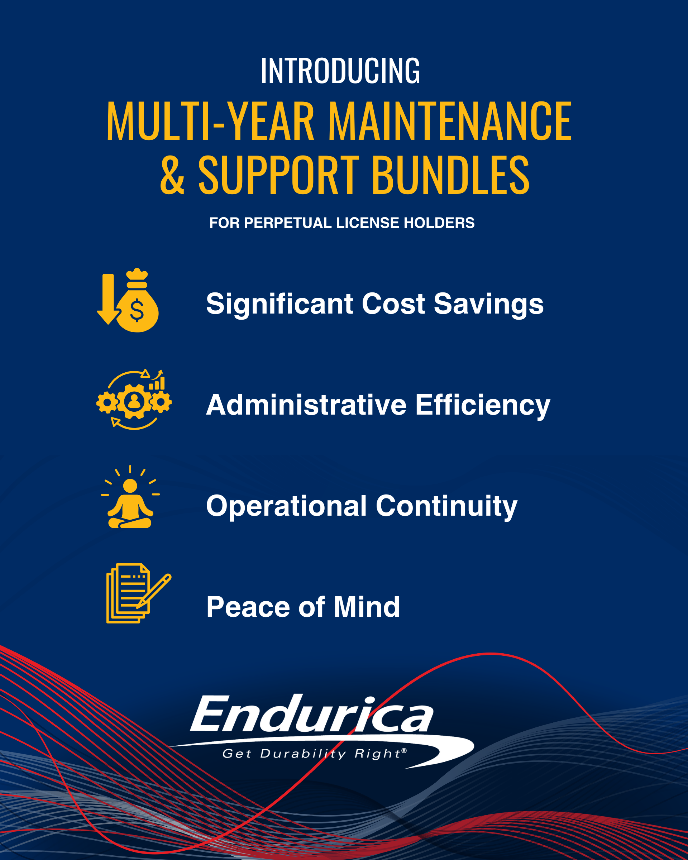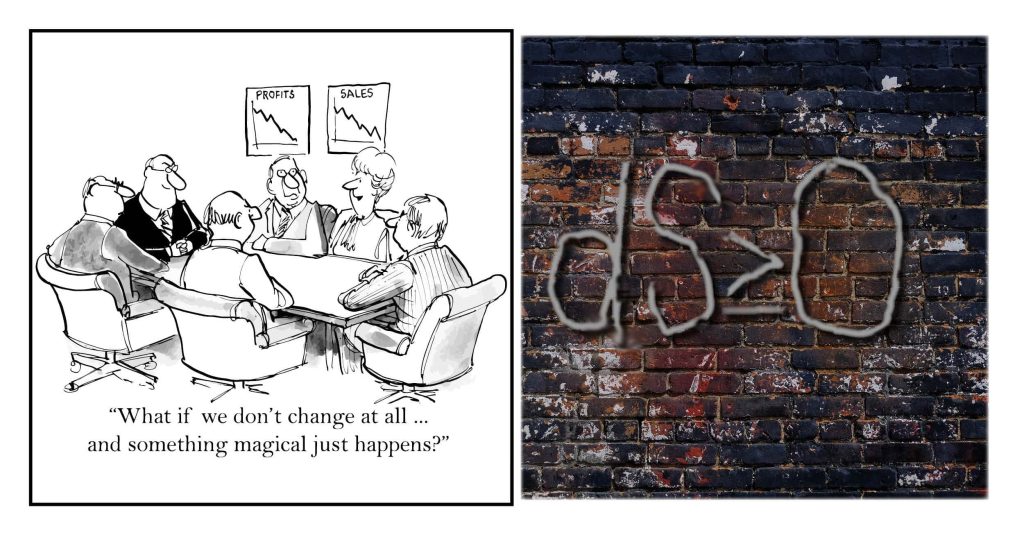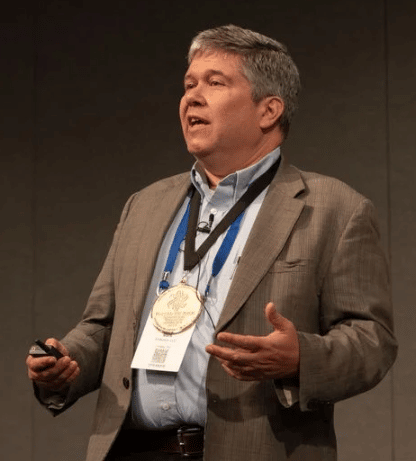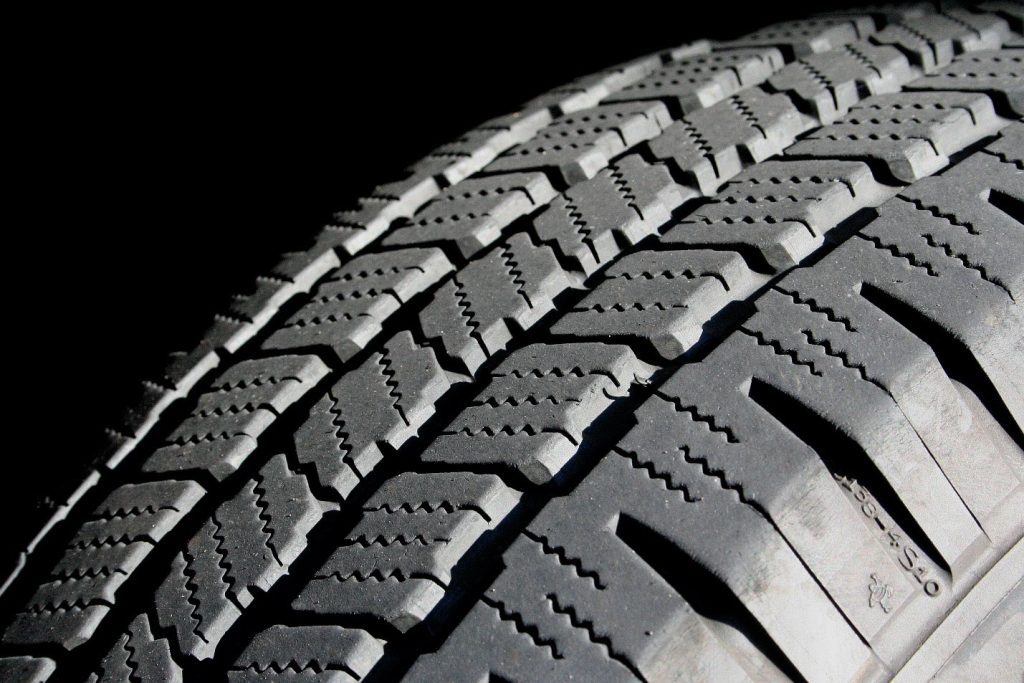Endurica is committed to building long-term, strategic relationships that support our clients’ success well beyond the initial purchase of a software license. In response to... Continue reading
- We Offer
Elastomer Durability Analysis Solutions
Discover the Science Behind Elastomer Fatigue
Take your designs to the next level with models tailored specifically for rubber materials.
- Industry Solutions
- Resources
- About
- Contact
“We have always done it this way.” No longer simply a hated phrase, this statement is a warning of impending disaster. Entropy – the disorder... Continue reading
Hello everyone. I am really excited to be writing this as the newest member to Team Endurica! I am really enjoying my on-boarding with Will... Continue reading
William V. Mars, Ph.D., P.E. 2022 Harold Herzlich Award Winner Acceptance Speech at ITEC 2022, Akron, Ohio on 15 September 2022 Three key takeaways from... Continue reading
True or False? Test your knowledge about Endurica Endurica is only a software company. False. While Endurica is perhaps best known for its game-changing... Continue reading
How do you respond to the call for sustainable solutions in the rubber industry? Is it via bio-sourced polymers or fillers? elimination of carcinogenic additives... Continue reading
The Tire Society held its 40th annual meeting last month with the theme The Virtual Tire. It has always been the place to see up... Continue reading
These days everybody’s talking about whether to meet in person or online. There are great tools available for online meetings, and these have helped us... Continue reading
2020 is burned in all our minds as a chaotic and tough year. Just like the rest of the world, Endurica staff experienced times of... Continue reading
Q: With regards to fatigue life prediction methods, where was the rubber industry 10 years ago? Will: There was plenty of great academic work and... Continue reading
Recent Posts
- Multi-Year Maintenance & Support Bundles for Perpetual License Holders
- Engineering Failure Analysis — published in affiliation with European Structural Integrity Society
- Taming the Tarmac: Simulating Tire Durability on the Nürburgring
- Rubber Fatigue ≠ Metal Fatigue Part 3: Thermal Effects
- 4-in-1: Community Conference
Categories
No comments to show.
© 2025 Copyright Endurica LLC
Website Designer iGo Sales and Marketing, Inc.










